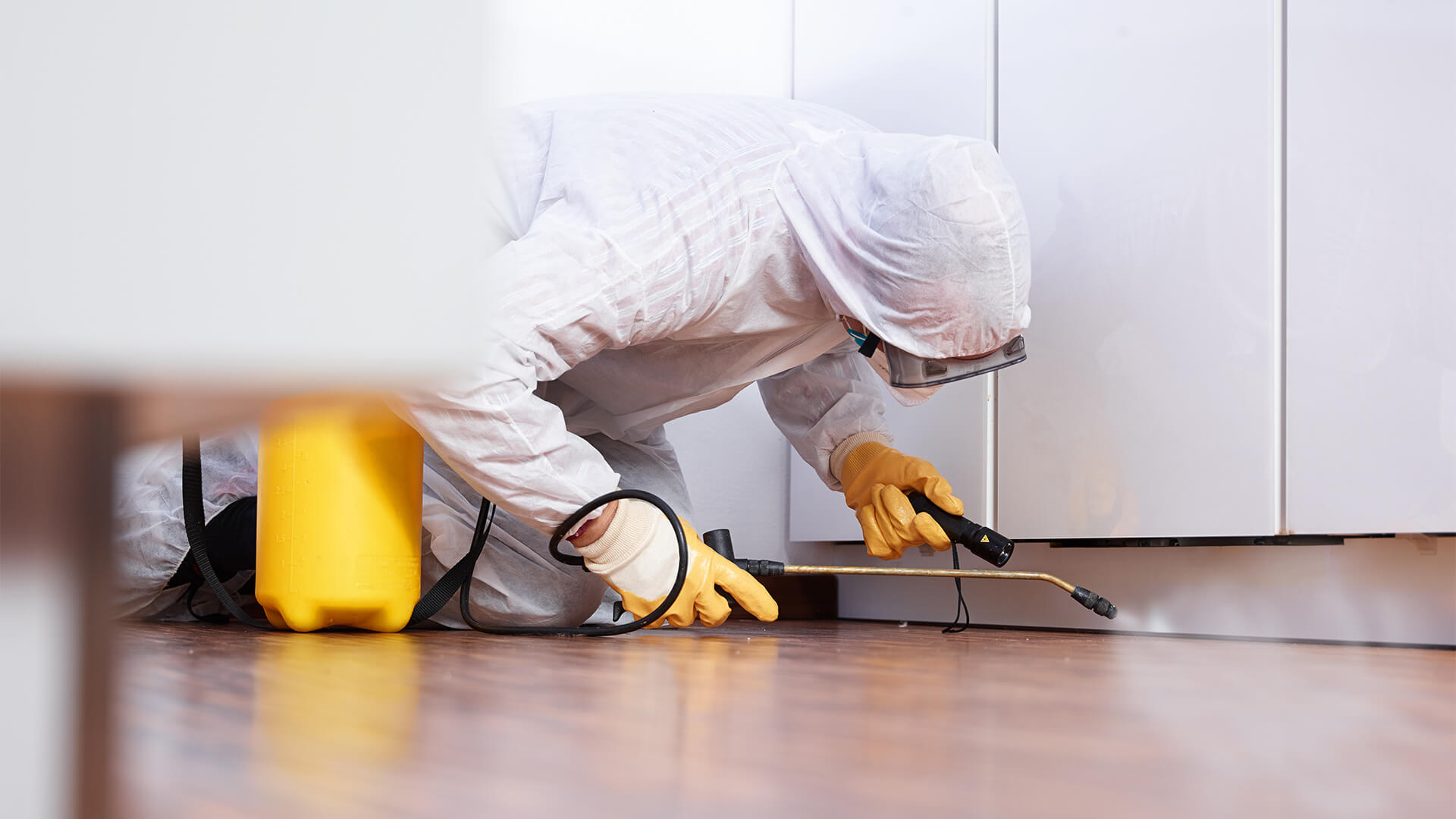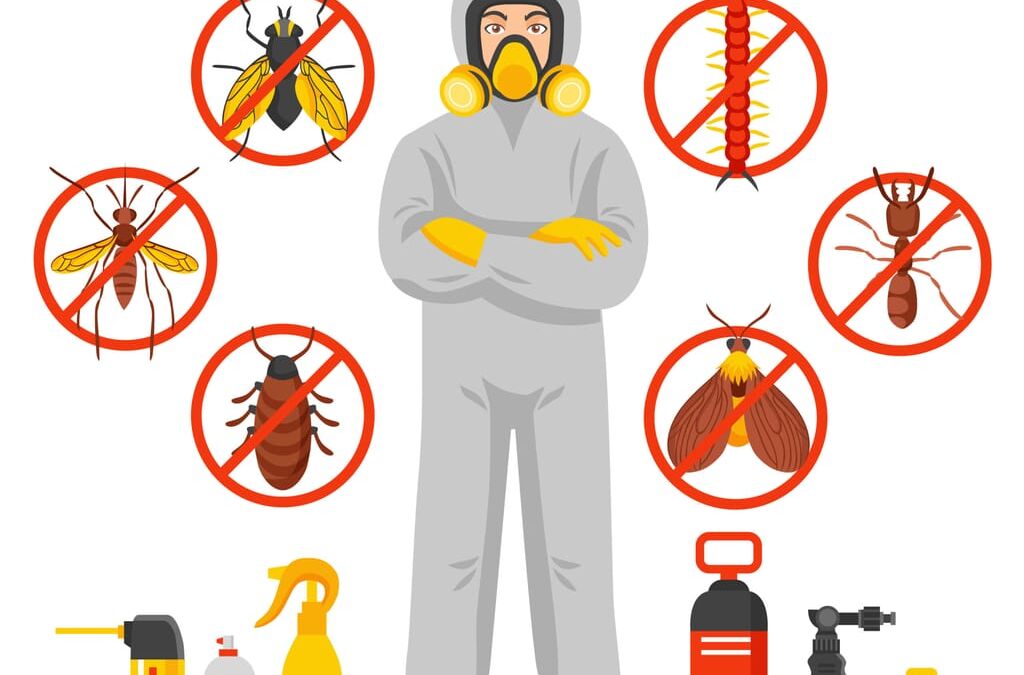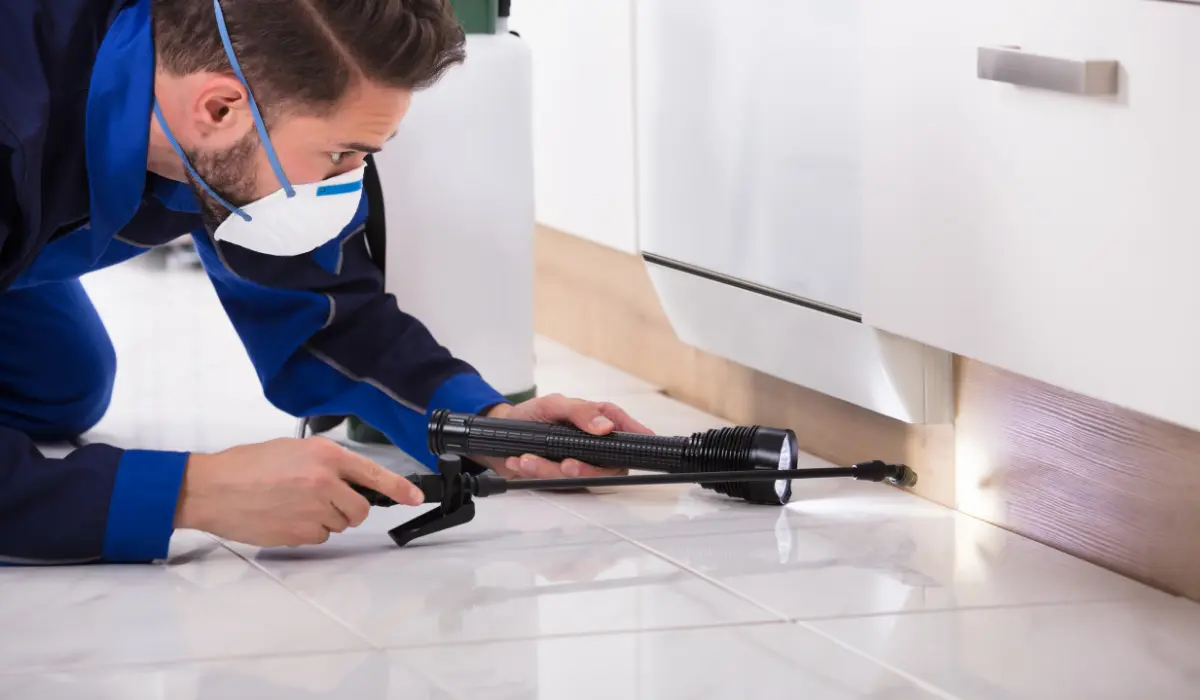Safe and Reputable Pest Control for Lasting Security
Efficient pest monitoring needs a complex technique that balances eco-friendly stability with the demand for efficient pest reductions. The nuances of these techniques may not be immediately clear, prompting a more detailed exam of the methods that can lead to sustainable pest control results.
Understanding Parasite Control Techniques
Pest control incorporates a range of techniques targeted at handling and eradicating unwanted insects and rodents that can threaten both wellness and home. Understanding these techniques is crucial for reliable insect management.
The primary groups of insect control approaches include mechanical, biological, and chemical approaches. Mechanical approaches entail physical barriers and catches to avoid pest entrance and capture undesirable varieties. Using screens on windows or employing sticky traps can substantially lower parasite populaces without introducing dangerous materials - exterminator coquitlam.

Chemical pest control is frequently the most identified technique, using pesticides to eliminate parasites. These chemicals can be reliable yet need to be utilized with caution to stay clear of negative impacts on non-target species and the setting.
Advantages of Eco-Friendly Solutions
Exactly how can environment-friendly services transform pest control practices? The fostering of eco-friendly pest control approaches provides many benefits, substantially improving the efficiency and security of insect management (exterminator coquitlam). These options make use of all-natural components, lowering the reliance on unsafe chemicals that can position threats to human health and the setting. This change not only secures families and family pets yet also lessens the possibility for soil and water contamination.

One more benefit is the favorable effect on neighborhood biodiversity. Eco-friendly solutions are designed to target specific parasites while preserving advantageous insects and wild animals, promoting a well balanced ecosystem. This approach aligns with the expanding customer demand for sustainable practices, enhancing the credibility of insect control providers.
Integrated Insect Management Strategies
The implementation of eco-friendly solutions naturally leads to the adoption of Integrated Pest Monitoring (IPM) strategies, which even more improve pest control efficacy. IPM is an all natural strategy that combines numerous strategies to manage bug populations while minimizing ecological impact. This method emphasizes making use of organic, cultural, mechanical, and chemical controls, making certain a well balanced and lasting technique of pest monitoring.
One fundamental facet of IPM is the complete assessment of bug activity and environmental problems. By keeping an eye on pest populaces and recognizing their life cycles, professionals can implement targeted treatments that interfere with the insect's environment or lifecycle, reducing reliance on chemical pesticides. In addition, cultural methods such as plant rotation and habitat control can significantly decrease parasite establishment and reproduction.
One more critical element is making use of organic control agents, such as useful pests or microorganisms, which can naturally reduce bug populaces. When chemical applications are required, IPM prioritizes the usage of low-risk chemicals and uses them selectively, reducing direct exposure to non-target microorganisms and human beings.
Incorporating IPM strategies not only enhances bug control performance yet also promotes a much safer ecological community, aligning with the growing demand for sustainable techniques in pest administration.
Safe Practices for House Owners
Recognizing the relevance of secure practices in pest control can equip house owners to effectively manage insect problems while securing their wellness and the setting. Applying preventive steps and non-toxic techniques is vital in lessening exposure to hazardous chemicals.
Home owners must first assess their setting for conditions that bring in bugs, such as standing water, clutter, and food waste. On a regular basis cleaning and securing entrance factors can prevent pests from attacking the home. Using natural deterrents, such as crucial oils or diatomaceous earth, can provide reliable options to chemical pesticides.
When chemical treatments are essential, house owners must select items that are particularly labeled as risk-free for domestic use. It is necessary to comply with application guidelines thoroughly to prevent too much exposure. Making use of targeted treatments in areas where bugs are identified, rather than blanket splashing, can dramatically decrease chemical use.
Last but not least, maintaining open communication with insect control experts is essential. Property owners ought to ask about the safety and security of items Full Report used and demand environmentally friendly choices whenever feasible. By taking on these safe practices, property owners can produce a much healthier living atmosphere while effectively managing insect concerns.

Tips for Long-Term Defense
Establishing an insect administration strategy that highlights lasting protection can substantially improve the effectiveness of the risk-free techniques previously gone over. To attain this, property owners need to carry out regular evaluations of their residential property, concentrating on hidden locations such as attic rooms, basements, and crawl spaces. Early discovery of bug activity is important in stopping invasions from taking hold.
These methods decrease attractants that attract bugs into the home. Securing entrance points, such as splits around home windows and doors, can successfully block potential parasite accessibility.
Landscaping ought to additionally be thought about; maintaining plants trimmed and keeping a distance between plants and the home minimizes hiding places for pests. Using all-natural deterrents, such as important oils or diatomaceous planet, can further inhibit infestations without turning to extreme chemicals.
Lastly, working together with a professional bug control solution for periodic assessments can give an additional layer of security. These professionals can supply tailored suggestions and progressed treatments, guaranteeing that your home continues to be protected against insects in the long-term.
Verdict
In final thought, safe and reliable bug control requires a diverse approach that stresses green techniques and integrated parasite monitoring. By executing natural deterrents, carrying out routine assessments, and maintaining proper sanitation, residential or commercial property owners can substantially lower bug populaces while securing valuable bugs and the atmosphere. Partnership with specialist bug control solutions boosts the performance of these strategies, guaranteeing tailored solutions that give enduring security garden pests and comfort versus future infestations.
Effective insect administration requires a complex technique that balances eco-friendly stability with the need for reliable insect reductions. The adoption of environmentally friendly pest control approaches provides countless benefits, considerably boosting the efficiency and safety of bug management.The application of eco-friendly remedies naturally leads to the fostering of Integrated Insect Monitoring (IPM) techniques, which better improve parasite control efficacy. exterminator my link coquitlam. By checking insect populaces and identifying their life cycles, professionals can implement targeted interventions that interfere with the pest's habitat or lifecycle, lowering reliance on chemical pesticides.In final thought, trusted and safe bug control calls for a multifaceted technique that highlights environment-friendly techniques and incorporated pest management